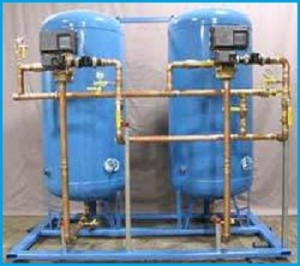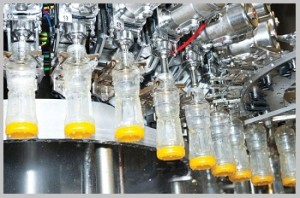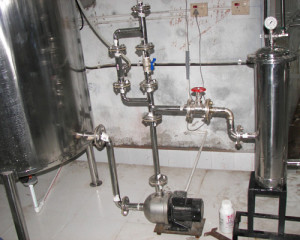Water treatment plant design is very much identified with the steps filtering or treating water. Water treatment plants are set up so that the various types of contamination present in the water is removed. The plants also lessen chance of germ build-up. After treatment of the water, it is packed into bottles. It may be mentioned here that these bottles are made of reliable and superior quality of plastic.
The treatment process includes several steps such as sedimentation, distillation and filtration. The water is treated so that it is sufficiently hygienic and suitable for drinking. The required minerals are also put into the water. Mineral water is the most preferred water of most of the buyers.

Water Softening Plant
This kind of water is best suited for those who are prone to diseases carried through water and provides much guarantee on the safety or purity.
There are several mineral water brands which manufacture packaged drinking water in pet bottles. These bottles are priced reasonably so that customers of all sections of the society can afford to buy them.
A good number of water softening plant have been set up in different parts of the country. By using different processes like that of Water treatment plants, water softening plant makes the water suitable for several types of industrial purpose. This type of treatment helps to facilitate the different processes used for treatment of water and make them suitable for drinking. After the treatment is over, the water is packed in sealed bottles to ensure safety of the water.
The bottles are manufactured while keeping in mind the requirements of customers/buyers. It is always advised that one should not buy a bottle whose cap is not sealed. This is because the open seal is enough proof that the water inside is contaminated enough.



